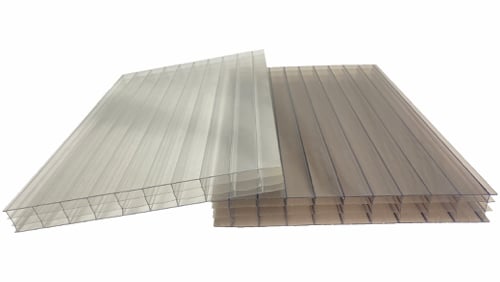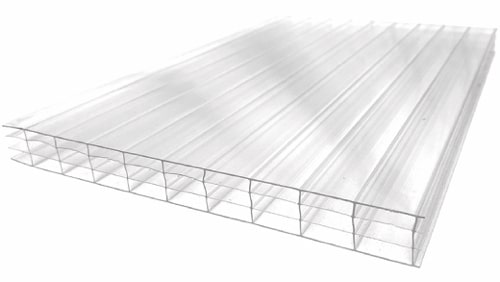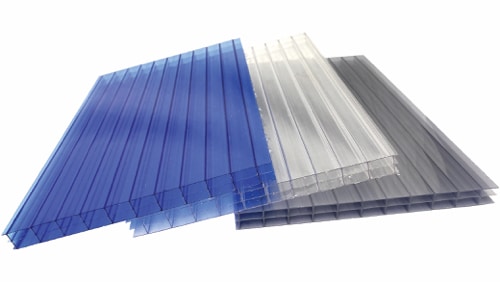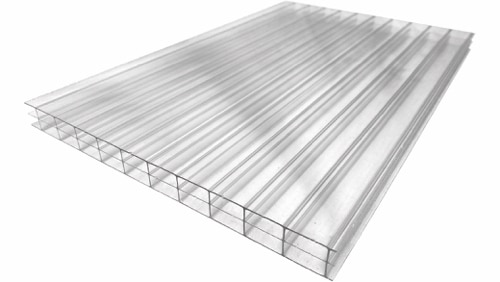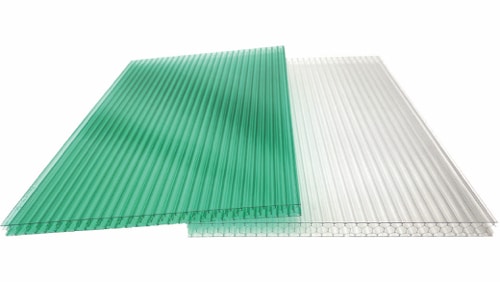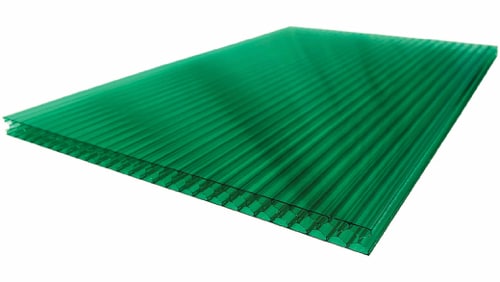Polycarbonate and Tensile membrane canopies are both popular options for outdoor structures, but they differ significantly in terms of material properties, aesthetics, functionality, and application. Here’s a detailed comparison:
- Material Composition:
- Tensile Membrane Canopies:
- Made from flexible, high-strength fabrics such as PTFE (polytetrafluoroethylene), PVC (polyvinyl chloride), or ETFE (ethylene tetrafluoroethylene).
- These fabrics are tensioned over a structural frame to create a stable, durable surface.
- Polycarbonate Canopies:
- Constructed from polycarbonate sheets, a type of thermoplastic known for its impact resistance and transparency.
- Available in various forms, including solid, corrugated, and multiwall sheets.
- Tensile Membrane Canopies:
- Structural Design and Flexibility:
- Tensile Membrane Canopies:
- Highly flexible and adaptable to a variety of architectural designs.
- Can create organic, free-form shapes and cover large spans with minimal support structures.
- Lightweight, reducing the need for heavy, expensive framing.
- Structures for sail shade type designs are lower in costs, butare not engineered for year-round use.
- Polycarbonate Canopies:
- More rigid and typically used in flat or slightly curved designs.
- Requires a more substantial support structure, especially for larger installations.
- Limited in terms of shape and design compared to tensile membranes.
- Tensile Membrane Canopies:
- Weather Resistance:
- Tensile Membrane Canopies:
- Very durable, depending on the material and environmental conditions.
- Resistant to UV radiation, weathering, and corrosion, though the fabric can be susceptible to punctures or tears.
- Polycarbonate Canopies:
- Very durable and long lasting if quality material is used and no corners are cut during production.
- High impact resistance, making them suitable for areas prone to hail or debris.
- UV-resistant coatings prevent yellowing and degradation over time.
- Tensile Membrane Canopies:
- Durability and Strength
- Tensile Membran Canopies
- Tensile membrane are similar to fabric that can be cut like glass can be broken. Most membrane can be easily repaired or can be designed in modular panels that can easily be replaced.
- Polycarbonate Canopies:
- Polycarbonate sheets are virtually unbreakable and can withstand huge amount of pressure and force without any damage.
- One of the biggest advantage of polycarbonate sheets compared to other glazing material is that it would not shatter under even the most extreme conditions, meaning that anything underneath the covered area will be safe.
- Tensile Membran Canopies
- Aesthetics and Appearance:
- Tensile Membrane Canopies:
- Offer a modern, sleek look with the ability to create dynamic, sculptural forms.
- Available in various colors and levels of translucency, enabling creative and visually striking designs.
- Often used in iconic architectural projects due to their distinctive appearance.
- Polycarbonate Canopies:
- Typically have a more structured, utilitarian appearance.
- Available in clear, tinted, or frosted options, allowing for different levels of light transmission. New material technologies can block or reflect heat inducing sunlight wavelengths, but still offer excellent transparency.
- Best for projects where a clean, simple look is desired.
- Tensile Membrane Canopies:
- Light Transmission and Shading:
- Tensile Membrane Canopies:
- Provide diffused, soft lighting with varying degrees of translucency, but is unable to be as transparent as polycarbonate.
- Reduces glare while offering protection from the sun, making the space underneath more comfortable.
- Polycarbonate Canopies:
- Very flexible in adjusting light transmittancy, which can be as high as 90% for clear sheets, as clear as glass, or can be transluscent to the point of becoming opaque.
- Tinted, frosted, or proprietary material options can reduce glare and control heat gain, providing shade and UV protection.
- Tensile Membrane Canopies:
- Thermal Performance:
- Tensile Membrane Canopies:
- Primarily used for shading rather than thermal insulation.
- Some materials can reflect heat, reducing the temperature underneath, but overall thermal insulation is minimal.
- Polycarbonate Canopies:
- Provide better thermal insulation with heat blocking properties by filtering out unwanted sunlight wavelengths, or in multiple layers to provide a low emissivity effect.
- Can reduce solar heat gain and contribute to energy efficiency in buildings.
- Tensile Membrane Canopies:
- Weight and Installation:
- Tensile Membrane Canopies:
- Lightweight, reducing the load on the supporting structure.
- Easier to transport and install, particularly for large spans.
- Installation can be more complex due to the need for precise tensioning of the fabric.
- Polycarbonate Canopies:
- Heavier than tensile membranes but lighter than glass or other glazing materials.
- Installation is straightforward and with clever design, requires only light and simple support structures, and utilize the same method as glass panel installation.
- Tensile Membrane Canopies:
- Cost:
- Tensile Membrane Canopies:
- Can be more expensive upfront due to custom fabrication and design.
- Installation costs can vary based on the complexity of the structure and the tensioning process.
- Polycarbonate Canopies:
- Generally more cost-effective, particularly for smaller or standard installations.
- Easier and less expensive to install, requiring only simple structures.
- Tensile Membrane Canopies:
- Maintenance:
- Tensile Membrane Canopies:
- Requires periodic cleaning to remove dirt, debris, and potential mold or mildew.
- The membrane may need to be re-tensioned over time, and repairs can be complex.
- Polycarbonate Canopies:
- Low maintenance, typically only requiring occasional cleaning without the need of any chemicals, thus very environmental friendly.
- Resistant to most chemicals and pollutants, with fewer concerns about tension or fabric degradation.
- Tensile Membrane Canopies:
- Environmental Impact:
- Tensile Membrane Canopies:
- Some fabrics are recyclable, though disposal and recycling can be more challenging due to coatings and treatments.
- Lightweight construction reduces transportation emissions.
- Polycarbonate Canopies:
- Polycarbonate is recyclable and the recycled polycarbonate resin is 100% reusable, making it a green product..
- The long lifespan means less frequent replacement and waste.
- Tensile Membrane Canopies:
Conclusion:
- Tensile Membrane Canopies are ideal for projects that require innovative design, large spans, and a modern aesthetic. They offer excellent shading and visual appeal but can be more expensive and require specialized installation.
- Polycarbonate Canopies are better suited for applications needing durability, high light transmission, and straightforward installation. They are more rigid and have a more utilitarian appearance, but they provide excellent impact resistance and thermal performance. It is the best replacement for glass panels especially on walkways or covered areas where human activity is present underneath, as polycarbonate does not shatter.

